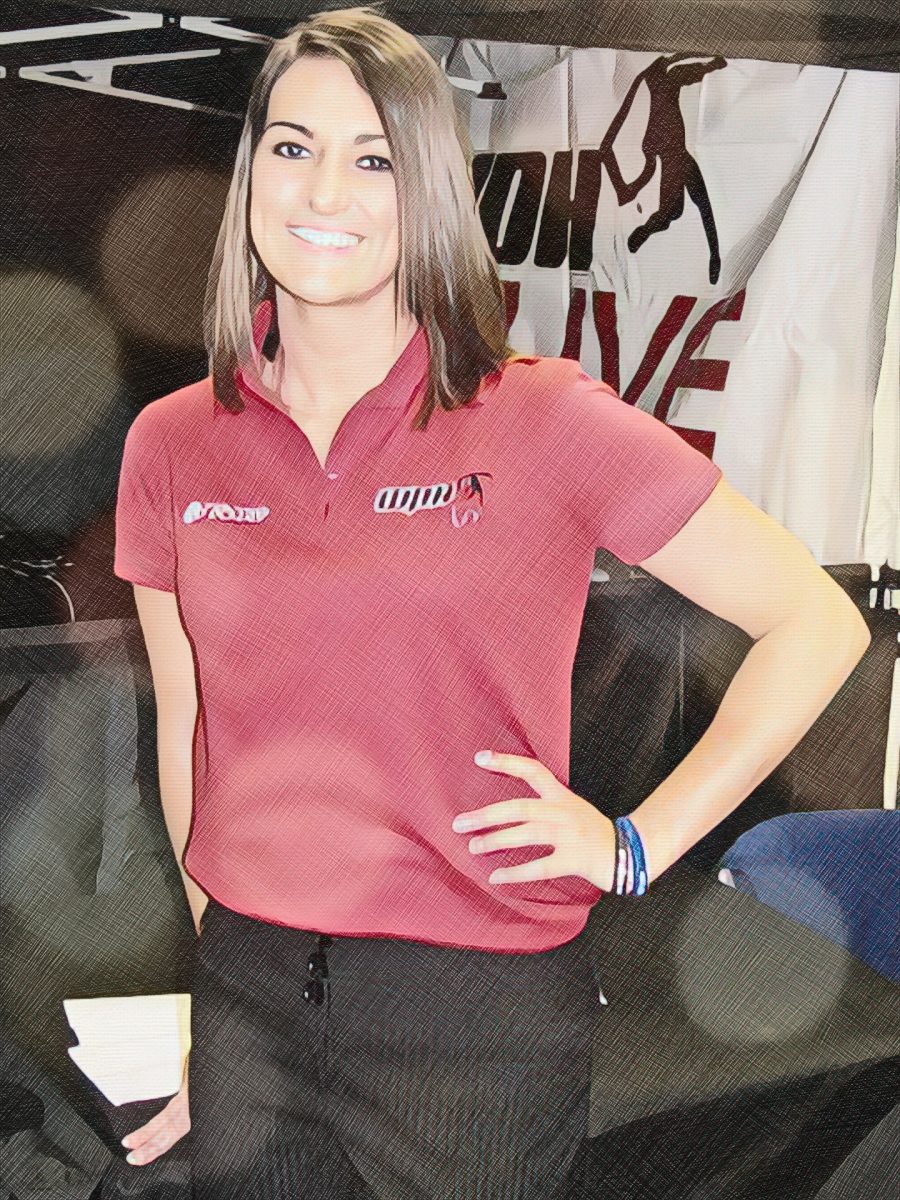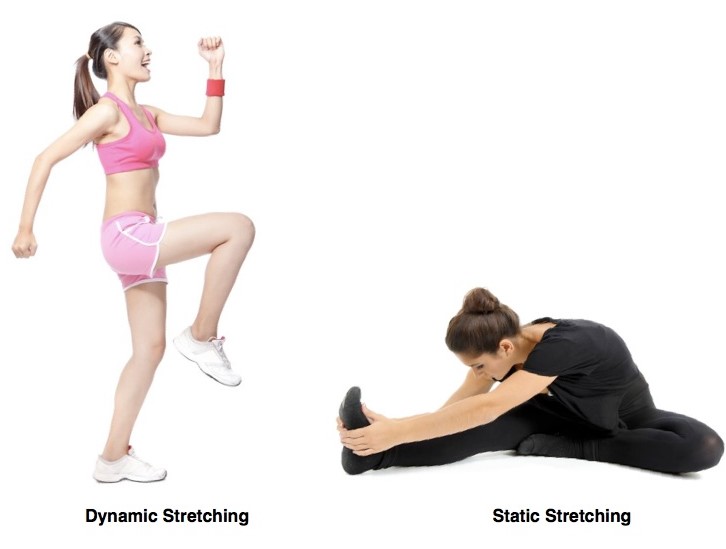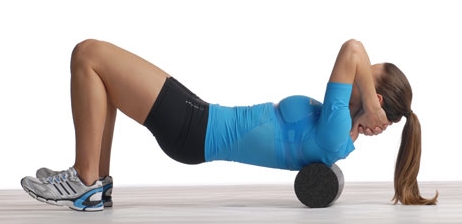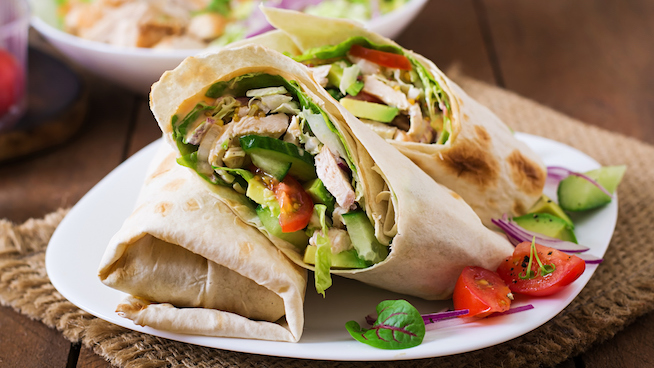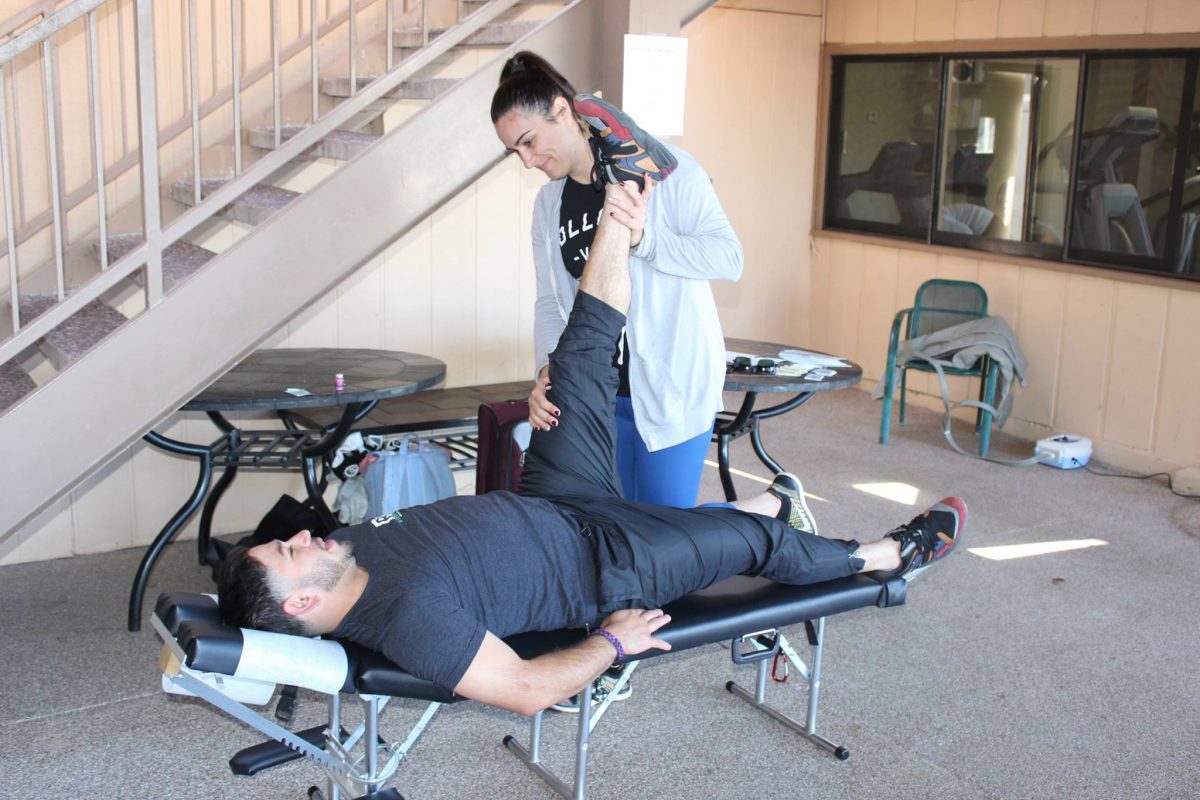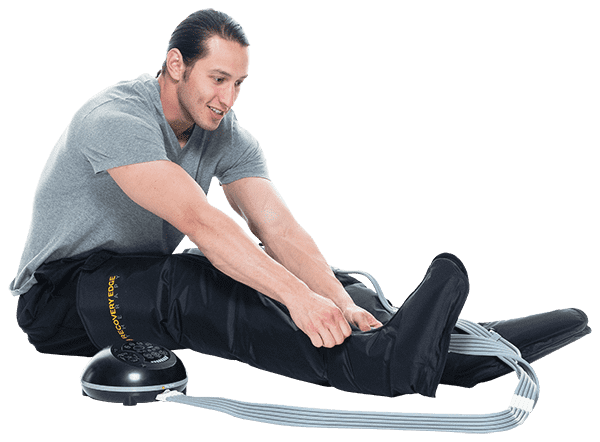Today’s Workout Wednesday session is in written form by Doctor of Chiropractic, and top 7 WPH Women’s Pro handball player, Ashley Moler.
Dr. Moler’s practice is opening now and she’s taking new patients. Her contact information is available below, so please do not hesitate to contact her; if even to say “thanks” for today’s #HandballAtHome Workout Wednesday chat:
When looking ahead to the next tournament, ‘training’ is usually one of the first thoughts in how we decide to prepare. Of course, it is one of the most important aspects of getting to your best; however, post-workout recovery is often overlooked. Recovery should be a very important part of your training regimen. Without proper steps you may be setting yourself up for slowed progress or even injury. I will outline a couple key areas of what you can do at home, and also treatments I use in my practice to help athletes perform at their best.
One of the most underutilized steps in post-workout recovery is stretching. Stretching after a workout is important to maintain flexibility. The different types of stretching could include static, dynamic, or even foam rolling. Static stretching is when you are still and hold the stretch for a period of time. This should mostly be used for cooling down after working out. Dynamic stretching is movement based. Examples include lunges, high knees, and arm circles. These may be done during cool down, but are very important to perform during warm-up.
Foam rolling after workouts is an easy way to target certain muscle groups. Some benefits include improved blood circulation, decreased soreness, and improved recovery time. There are countless videos on YouTube for more specific demonstrations on how to use a foam roller.
Another important part of recovery is eating proper nutrition to fuel your body. I understand there are several different types of diets people follow, so this is a very broad overview. Your particular needs may vary. In general, it is best to eat within one hour after working out. This ensures that you replace the depleted glycogen used during your workout, and also aids in helping muscles to recover. Protein is extremely important to your muscles and good sources could be chicken, wild fish, eggs, almond, or cottage cheese. Carbohydrates are needed to restore glycogen, but try to avoid refined carbs (white grains and fruit juices). Fiber is important to consume with the carbohydrate, so think “Real Rood”. These may include sweet potatoes, beans, fruits, or veggies. Finally, healthy fats are necessary and will keep you feeling fuller longer. Some examples are avocados, nuts, seeds, or wild fish.
Healthy nutrition and stretching are two very simple concepts that you can easily do after workouts. These tips are also life long strategies to try to keep your body performing the best it can. The next few strategies are hands-on approaches that I use in my office.
As a chiropractor, my main treatment for athletes is the chiropractic adjustment. An adjustment is done by delivering a sudden force to a joint to improve motion and function. Basically, when a joint is stuck and not moving well, I help the joint get moving. Joint movement is crucial, as dysfunctional joints may lead to muscle spasms, decreased range of motion, pain, stiffness, or even osteoarthritis. Adjustments can help injuries heal faster, prevent future injuries, and has even been proven to improve reaction time.
Another common treatment I use is myofascial release. Many injuries are caused by either improper mechanics or overuse. Either of these mechanisms put increased demand on the bones, joints, ligaments, and nerves. Myofascial release can help reduce pain and restore motion by using sustained pressure in a targeted area. This is different than deep tissue massage, in that it is a more focused approach to the area of concern.
One last trick I use for recovery is compression boots. These work wonders during tournaments when our legs need as much energy as we can give them! They use peristaltic pulse compression and can help by improving circulation, removing waste products more quickly, improving range of motion, increasing flexibility, and decreasing your recovery time. It is recommended to consult your health care provider before using this modality.
These are general guidelines of how I approach post-workout recovery. If you do have injuries, please be sure to get properly evaluated and treated. Each of us are different and have different needs, so keep in mind that not every technique may be appropriate for you. Any questions feel free to email me directly at ashleymolerdc@gmail.com.
My business info:
Ashley Moler, DC
3957 E. Speedway Blvd. Ste. 207
Tucson, AZ 85712
(520) 329-2286
ashleymolerdc.com










